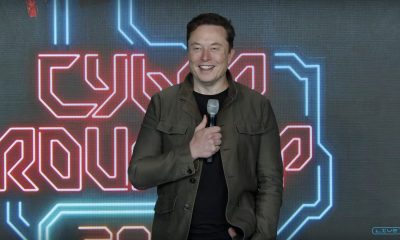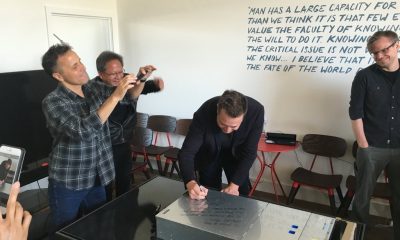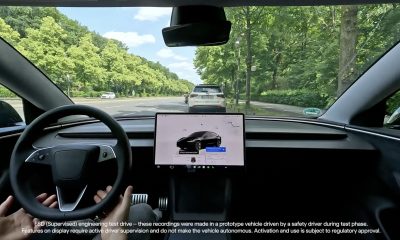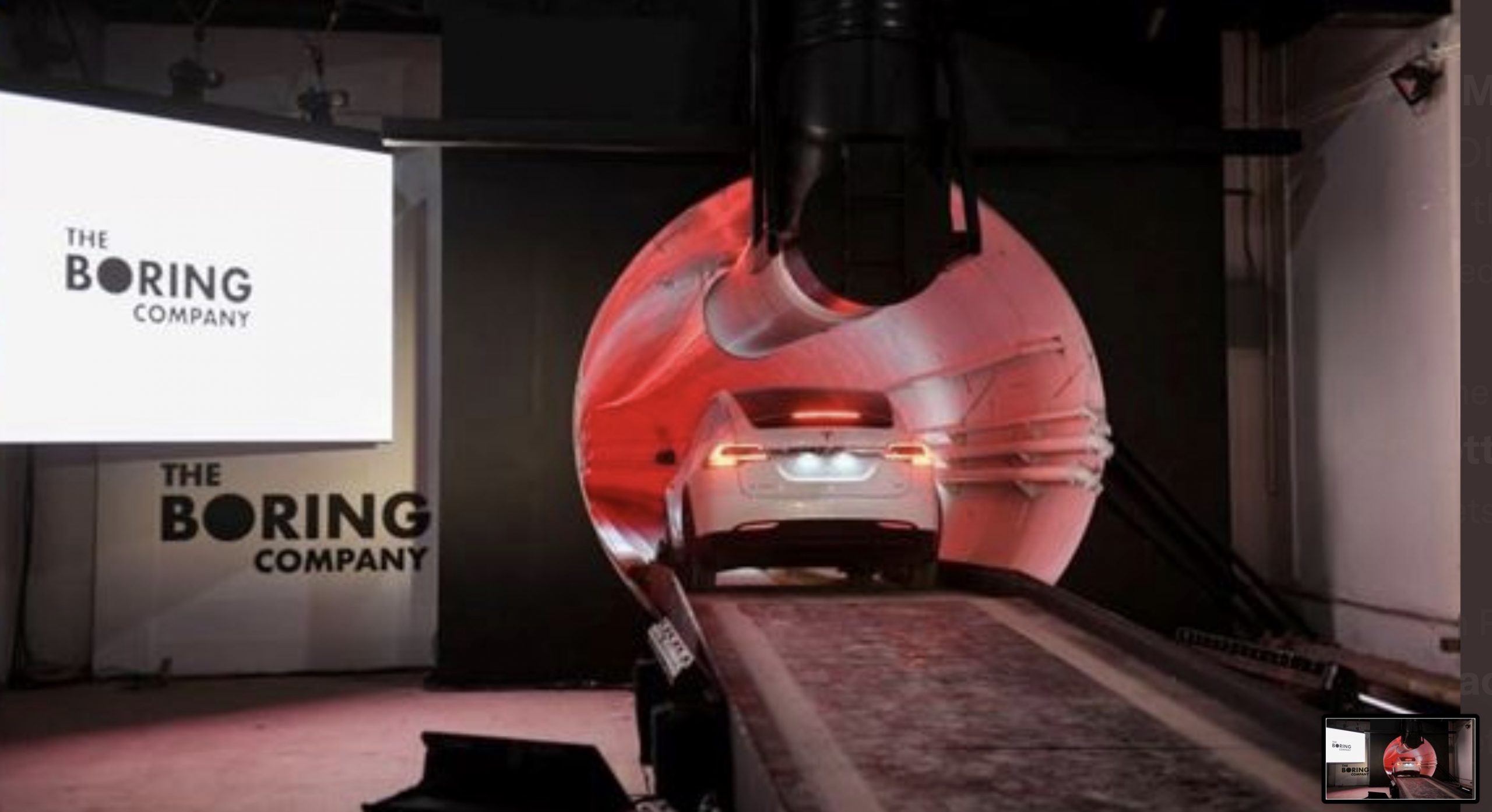
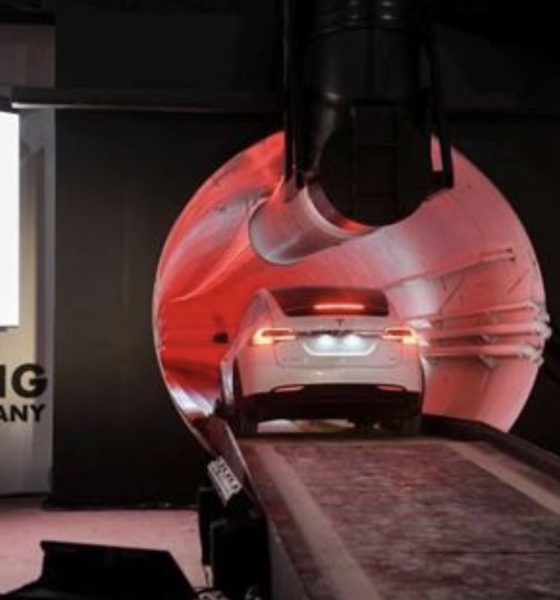
News
The Boring Co. becomes finalist for San Antonio, Texas transport project
The Boring Company (TBC) is one of the finalists vying for a tunneling project in San Antonio, Texas. The project will run between the San Antonio International Airport and downtown.
The Alamo Regional Mobility Authority (Alamo RMA) is expected to make a decision by Wednesday, March 16. According to Alamo RMA Chairman Michael Lynd Jr. the board could select a finalist and start negotiating a development agreement or postpone the decision. The board may also decide not to move forward with the transportation project altogether. The last two companies up for the project are Elon Musk’s tunneling company and Bexar Automated Transport (BAT). Both have vastly different proposals.
“Even if we decide to move forward with a group this week, there’s no assurance that we’ll get to a point that we’re comfortable that the concept is viable,” said Lynd.
The Boring Company’s Proposal
Rumors of a Boring Company tunnel in San Antonio spread last year. TBC proposed twin underground tunnels to the Alamo RMA in a presentation dated January 2022. Tesla vehicles would transport riders between the international airport and downtown.
The Boring Company estimated that the cost of the twin tunnels would be between $241 million to $298 million. TBC would self-finance the project before turning it over to the board. San Antonio Express-News suggested that Elon Musk’s tunneling company aimed to generate income from the project by operating the loop, similar to its deal with the Las Vegas Convention and Visitors Authority (LVCVA) with the Las Vegas Convention Center (LVCC) Loop.
In Sin City, TBC runs the LVCC Loop for the LVCVA. The LVCC Loop offers free rides to convention center attendees and generates income for the LVCVA through ads, sponsorships, and facility rentals.
The Boring Company has another tunneling project in SIn City, called the Vegas Loop. TBC owns and operates the Vegas Loop. Since the Vegas Loop is not operational yet, the Alamo RMA does not know how much TBC would charge local passengers or the revenue the twin tunnels could generate. However, TBC did release a list of possible fare prices for the Vegas Loop in 2021. Prices started at $5 for a 3-minute ride through a 2.8-mile tunnel.
Bexar Automated Transport’s Plans
The other finalist for the San Antonio transportation project, BAT, proposed an autonomous all-electric bus system. BAT’s proposed bus system would travel through a combination of elevated and underground tracks. The buses could accommodate up to eight passengers per trip, running at 45 mph between the airport and the Convention Center. BAT estimated its proposed tunneling system would cost $330 million. The company also stated it would require a public subsidy for construction and recommended that VIA Metropolitan Transit operate the system.
Documents from Praetor Capital forecasted that BAT’s proposed transportation system could charge passengers $6.50 per trip. BAT estimates ridership to be about 500,000 per year for a $13.7 million revenue.
The Alamo RMA board believes it could sell bonds to finance a transportation system project. Ultimately, the final decision seems to rely on finances.
“Ultimately, it’s got to be financible. As the RMA, we don’t have a bunch of money sitting in a bank account that we can throw at a project like this,” Lynd stated.
The Teslarati team would appreciate hearing from you. If you have any tips, reach out to me at maria@teslarati.com or via Twitter @Writer_01001101.
Elon Musk
Elon Musk may rethink his charity pledge after Peter Thiel’s Bill Gates warning: report
Musk reportedly took Thiel’s suggestion seriously.

Reports have emerged suggesting that Elon Musk might be rethinking his promise to give away most of his fortune. This was reportedly due to his longtime friend Peter Thiel, who told the world’s richest man to withdraw from the Giving Pledge because his wealth could end up “in left-wing nonprofits chosen by Bill Gates.”
Thiel shared the story during a private lecture series in San Francisco in September. As noted in a Reuters report, Musk reportedly took Thiel’s suggestion seriously.
Thiel warned Musk about his fortune going to Gates-backed causes
Thiel said he even ran the math to make his point. By checking actuarial tables, he calculated that if Musk died within a year, his pledge would effectively direct $1.4 billion to Bill Gates. Musk reportedly said, “What am I supposed to do, give it to my children? You know, it would be much worse to give it to Bill Gates.”
Musk signed on to the Giving Pledge in 2012, two years after it was co-founded by Gates and Warren Buffett, as noted in a Daily Beast report. The initiative asks billionaires to donate the majority of their wealth to charitable causes either during their lifetime or through their wills. Gates’ foundation has focused on global health, education, and gender equality, areas Thiel has described as “left-leaning.”
Spokespeople for Thiel, Musk, and Gates have not issued a comment about the matter.
Elon Musk and Bill Gates
Thiel, who co-founded PayPal with Musk in 2000 before launching Palantir and becoming Facebook’s first outside investor, has maintained close ties to the Tesla and SpaceX CEO over the years. Musk, for his part, continues to donate through the Musk Foundation, which funds education, clean energy, and scientific research.
Elon Musk and Bill Gates’ relationship has taken a nosedive in recent years, especially amidst news that the Microsoft co-founder had taken a short bet against Tesla. Musk seemed to have taken Gates’ Tesla short personally, considering that the EV maker is fighting for sustainability, a cause that the Microsoft co-founder has supported.
Gates has also been skeptical of Tesla’s projects such as the Tesla Semi, which Gates noted was not feasible due to the limitations of battery technology. More recently, the two billionaires butted heads when Gates claimed that the cuts initiated by Musk’s DOGE initiative would cost 2 million lives. In a post on X, Musk responded by stating that “Gates is a huge liar.”
News
Tesla axed one of the Model Y’s best features in ‘Standard’ trims: here’s why
Lars Moravy explains why Tesla chose to go with a glass roof in the new Standard trims, despite it not being visible.
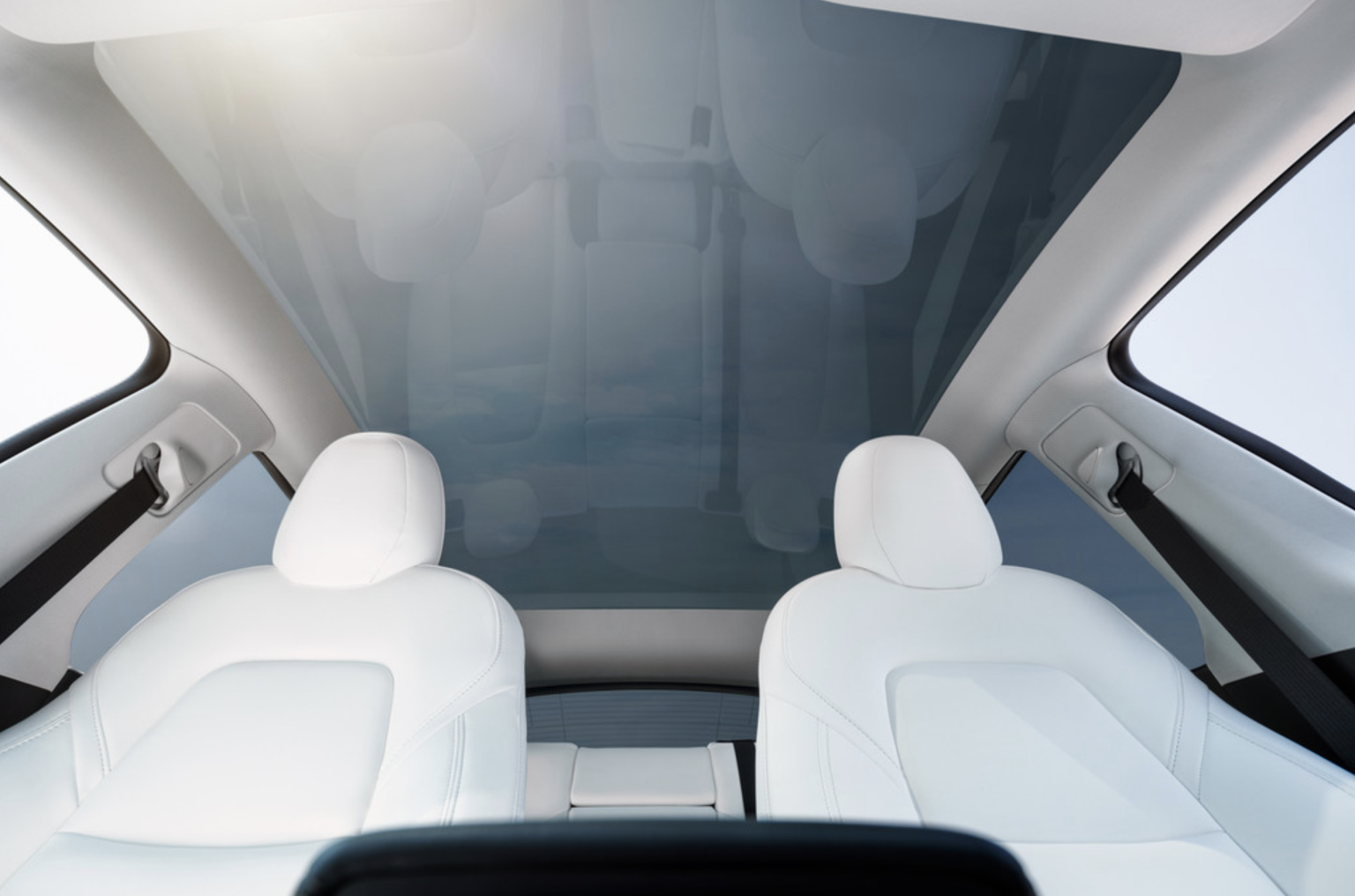
Tesla chose to implement a glass roof on the new Model Y ‘Standard’, despite the fact that you won’t be able to see it from the inside.
In the new Model Y ‘Standard’ configuration, one of the biggest changes is the lack of a glass roof, which is one of the more unique features Tesla offers.
How Tesla’s Standard models will help deliveries despite price disappointment
The entire roof of the Model Y’s ‘Premium’ and Performance trims is glass, giving everyone in the car an astounding view of the sky.
However, Tesla chose to cover this up in the new ‘Standard’ trim level. Here’s a look at it:
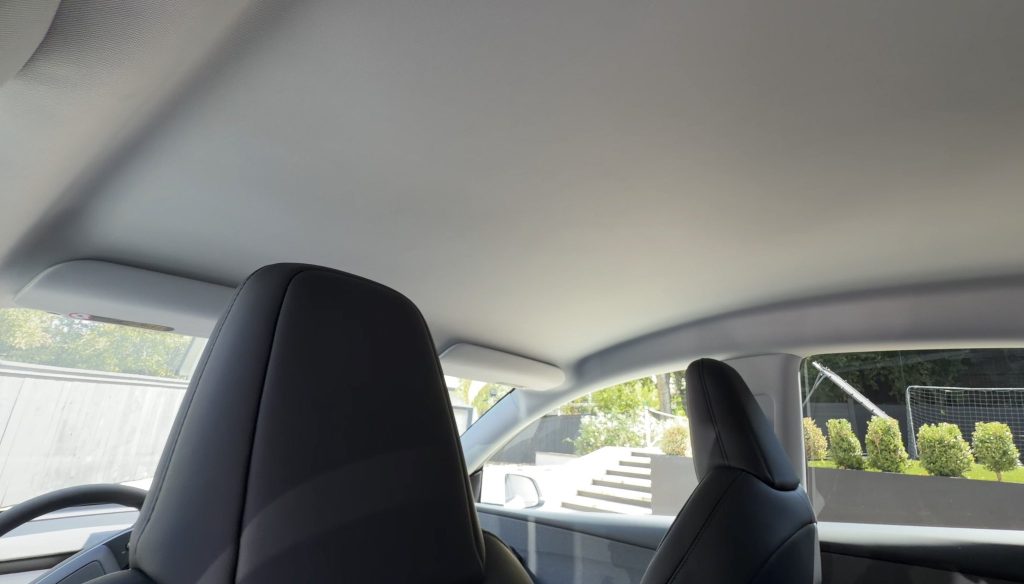
Credit: ItsKimJava | X
Despite it not being visible from the inside, the roof is still made of glass. It is only visible from the outside. Even if you removed the headliner in the Model Y ‘Standard,’ you would not be able to see the outside, because the glass is opaque:
Fun fact about the Standard Model Y closed glass roof. A Tesla engineer told us that the glass is opaque, so even if you removed the textile lining on the inside, you would not see the outside. 😔 More details to come on our first drive video this Friday. pic.twitter.com/N4uZFlblBB
— Kim Java (@ItsKimJava) October 8, 2025
Tesla’s Vice President of Powertrain, Lars Moravy, commented on the use of glass in the Premium models and how it differs from the glass in the Standard trims:
“All glass is NOT created equal. Remember, the Model Y Premium glass is laminated with silver IR reflective coatings to make it super comfy and reject solar load… the standard is not… plus LOTS of people wanted a closed headliner, always trying to listen (and improve road noise at the same time).”
The decision to cover up the glass while still using it was an efficiency choice. Moravy said Tesla chose to keep the glass for the new Standard models due to “cost, supply chain, and manufacturing efficiency.”
Cost, supply chain and manufacturing efficiency in our factories
— Lars (@larsmoravy) October 9, 2025
Tesla launched the Standard models on Tuesday. The cars were effectively a counter to the loss of the $7,500 EV tax credit.
News
How Tesla’s Standard models will help deliveries despite price disappointment
“What a giant miss,” one person said.
“With all due respect, no way is this what y’all have been hyping for 6 quarters…” another one claimed.
“So…where are the affordable models?” another reply read.
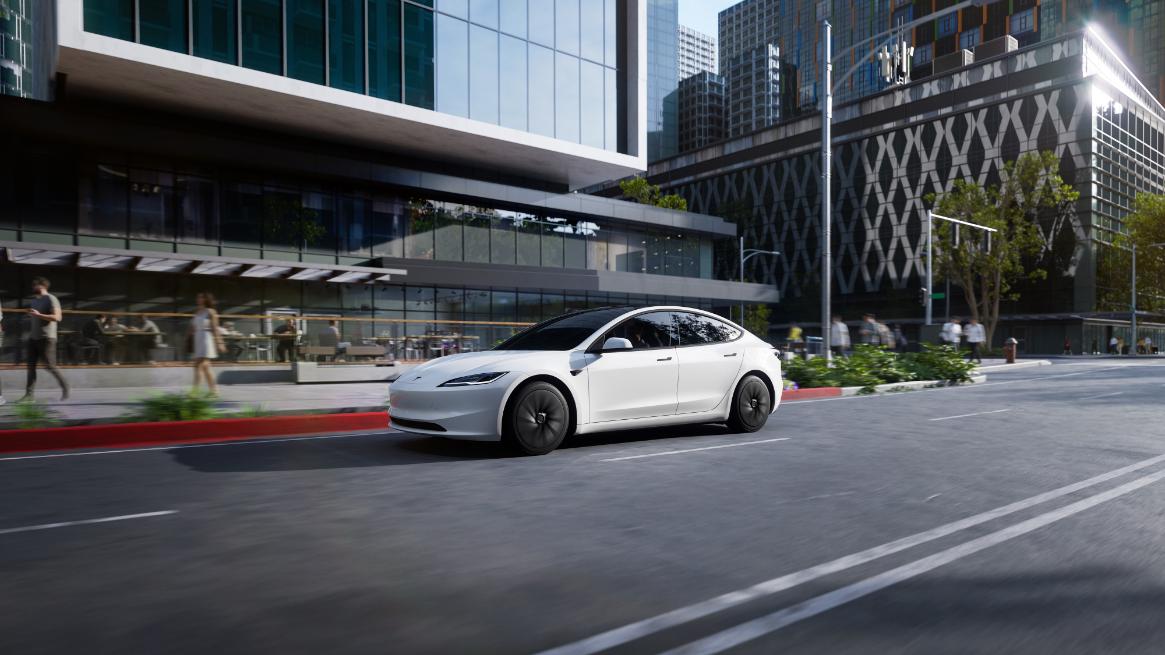
When Tesla unveiled its Standard versions of the Model 3 and Model Y this week, reactions were mixed. Many liked the addition of two new models, but they were also concerned about the price.
“What a giant miss,” one person said.
“With all due respect, no way is this what y’all have been hyping for 6 quarters…” another one claimed.
“So…where are the affordable models?” another reply read.
Tesla launches two new affordable models with ‘Standard’ Model 3, Y offerings
There’s no arguing it: $36,990 and $39,990 for the Model 3 Standard and Model Y Standard were not what consumers had in mind.
But, despite Tesla getting its new offerings to a price that is not necessarily as low as many expected, the two cars still have a chance to assist with quarterly deliveries.
Here’s how:
First-time Tesla buyers will lean toward Standard models
Tesla owners have become accustomed to expecting all the bells and whistles in their cars. Heated seats, ventilated seats, acoustic glass, vegan leather, industry-leading performance, world-class range, and a glass roof are all expected by current or past owners.
But what about new owners?
New owners do not have these high expectations, so to many of those who have not sat in a Tesla or driven one before, they are going to be blown away by the minimalistic looks, capabilities, and features of the Standard models.
The Premium models will feel like the high-end offerings that other automakers also have for sale, except they’ll only be a few thousand dollars more than Tesla’s base models. With other companies, the price for these higher-end trims is $10,000 or more.
The more affordable Standard models will be there, but if buyers want the extra features, they’ll likely be able to justify the extra few thousand dollars.
Tesla’s Standard Models fall under the U.S. Average Transaction Price
Kelley Blue Book releases a new report each month showing the average transaction price (ATP) of all vehicles sold in the U.S. for that month.
The latest report, released on September 10 for the month of August, revealed an ATP of $49,077. This was up 0.5% from July ($48,841) and higher year over year by 2.6%.
Technically, Tesla’s new Standard models fall well under that ATP, meaning they technically do qualify as “affordable.” However, realistically speaking, affordable does not mean “under the national average.”
It means accessible for low-income families, single-parent households, and other groups. This would likely be under $30,000.
Déjà Vu with the Cybertruck Rear-Wheel-Drive
When Tesla offered the Cybertruck RWD, it stripped out many of the best features of the Cybertruck, such as the adjustable air suspension, powered tonneau cover, and interior materials, just to name a few.
It was $10,000 less than the Cybertruck AWD, but many people essentially viewed it as a way to push consumers toward the more expensive variants, since the discount was a better value than missing out on features.
Tesla released the Cybertruck RWD to make the AWD look like a deal
Something similar could happen with the Standard models. With it only being a few thousand dollars less than the Premium Model 3 and Model Y, some consumers will see it as a better option to go with the more expensive trim levels.
Even if they don’t, many car buyers will see it as a deal to grab the Standard versions.
-
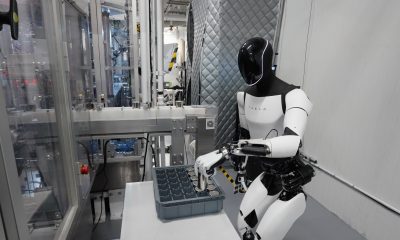
 News2 weeks ago
News2 weeks agoElon Musk gives update on Tesla Optimus progress
-
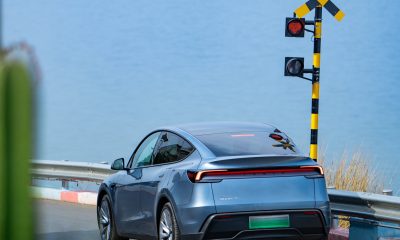
 Lifestyle2 weeks ago
Lifestyle2 weeks ago500-mile test proves why Tesla Model Y still humiliates rivals in Europe
-
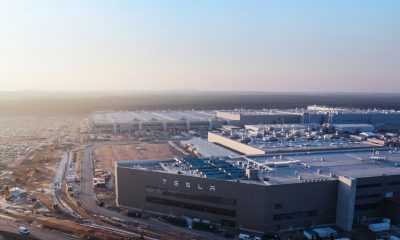
 News2 weeks ago
News2 weeks agoTesla Giga Berlin’s water consumption has achieved the unthinkable
-
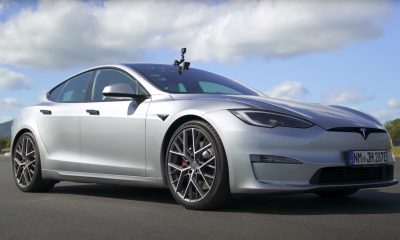
 Lifestyle2 weeks ago
Lifestyle2 weeks agoTesla Model S Plaid battles China’s 1500 hp monster Nurburgring monster, with surprising results
-
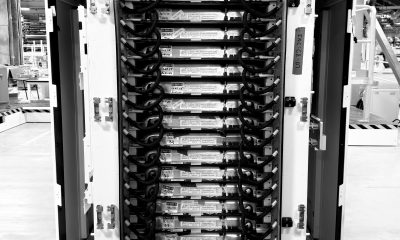
 News2 weeks ago
News2 weeks agoTesla unveils charging innovation that will make the Semi instantly successful
-
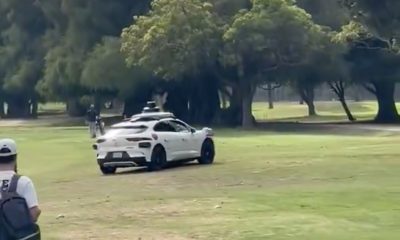
 News2 weeks ago
News2 weeks agoWaymo responds to shocking video that would have gotten Tesla FSD crucified
-
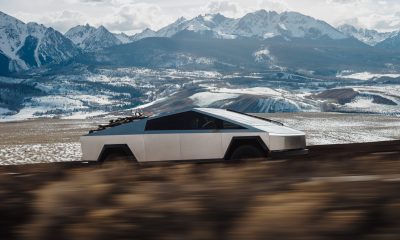
 Investor's Corner2 weeks ago
Investor's Corner2 weeks agoTesla gets another new price target as recent events ‘remove large overhang’
-

 Elon Musk2 weeks ago
Elon Musk2 weeks agoTesla pleads with Trump White House not to bail on crucial climate standards


